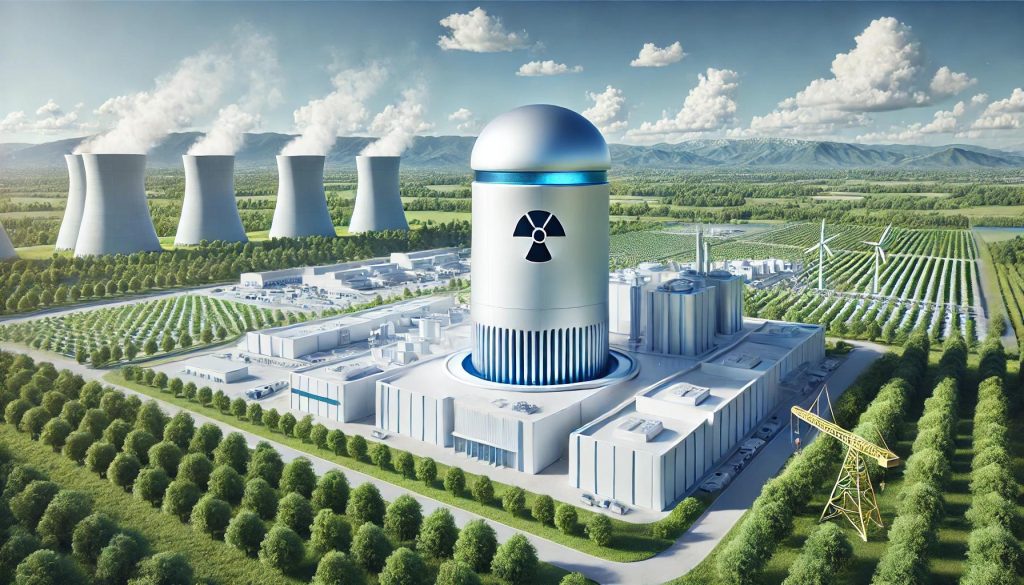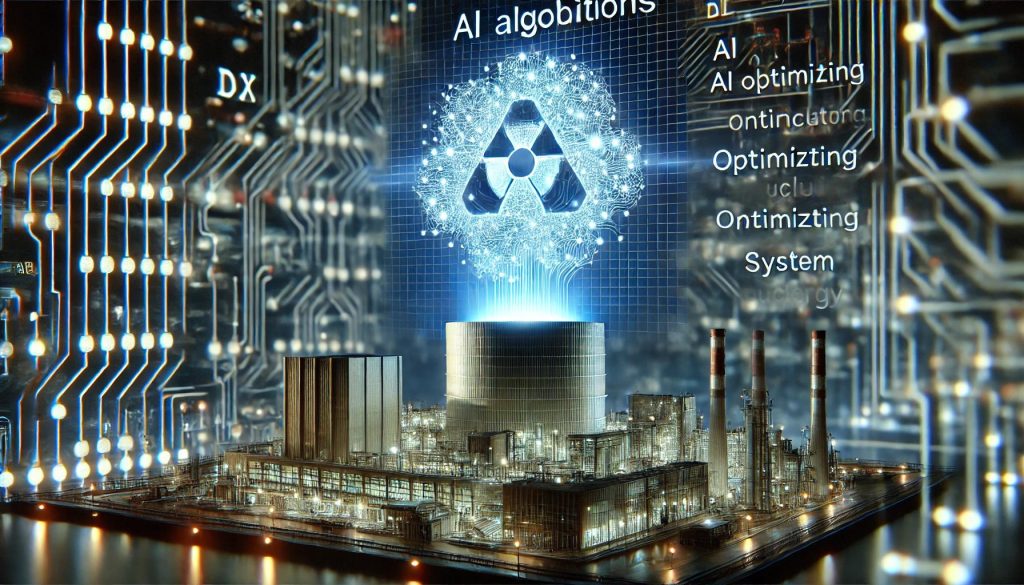Artificial intelligence (AI) is rapidly reshaping industries, but its massive energy demands pose challenges. Nuclear energy is emerging as a potential solution. However, this partnership raises questions about feasibility, scalability, and long-term sustainability.
Why AI Needs Reliable Energy
AI systems, especially machine learning models, consume vast amounts of energy. Data centers hosting AI operations are responsible for significant electricity use. As AI adoption grows, so does the need for a stable and efficient energy supply.
Traditional sources like coal and natural gas have high emissions. Renewable options like solar and wind are cleaner but less reliable. According to IEA, nuclear energy offers a consistent and carbon-free alternative.
Nuclear Energy: A Perfect Match?
Nuclear power stands out for its ability to generate large amounts of energy continuously. Unlike renewables, it isn’t affected by weather conditions. This makes it an attractive choice for powering energy-intensive AI applications.
Small modular reactors (SMRs) are especially promising. These compact systems are more scalable and can be deployed near AI data centers. Industry leaders like Rolls-Royce are investing in SMR development. A report by World Nuclear Association highlights their potential to meet growing electricity demands.
Challenges in Implementation
Despite its advantages, nuclear energy faces hurdles. High upfront costs are a significant barrier for many companies. Building and maintaining reactors requires substantial investment, and approval processes can take years.
Public perception is another challenge. Nuclear power’s association with disasters like Chernobyl has left lasting fears. Addressing these concerns through education is essential. MarketWatch warns that overhyping the nuclear option without addressing safety could backfire.

Environmental and Ethical Considerations
Nuclear energy is largely clean, but waste disposal remains an issue. While AI promises efficiency, reliance on this energy adds complexity to sustainability goals. Proper handling of radioactive waste is crucial for maintaining public trust.
Additionally, critics argue that energy resources should prioritize essential services, not AI experiments. Balancing the allocation of nuclear energy will require careful planning.
AI’s Role in Optimizing Energy Use
Interestingly, AI itself can help manage nuclear energy systems. Advanced algorithms can optimize reactor performance, ensuring maximum efficiency and safety. For instance, predictive maintenance powered by AI can prevent breakdowns in nuclear plants. MIT News discusses how AI’s synergy with nuclear power could streamline operations.
The Future of AI-Nuclear Collaboration
As AI evolves, its energy needs will continue to grow. Nuclear energy offers a viable path forward, especially with innovations like SMRs. However, success will depend on addressing financial, ethical, and environmental concerns.
Governments and private companies must collaborate to create a sustainable framework. This includes regulations, incentives, and investment in research. By aligning interests, nuclear energy could become a cornerstone of AI’s future.
Conclusion
Nuclear energy has the potential to power AI while reducing environmental impact. Its reliability and scalability make it an attractive option. However, challenges like cost, public perception, and waste disposal must be addressed. As this partnership evolves, careful planning will ensure both AI and nuclear energy achieve their full potential.

What are your thoughts on nuclear energy powering AI? Share your opinions below! For more insights, follow us and stay updated on emerging tech trends.

